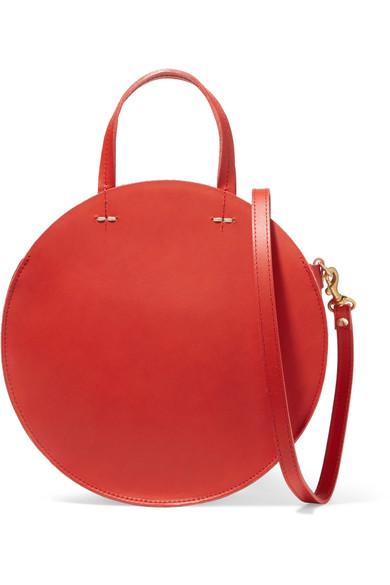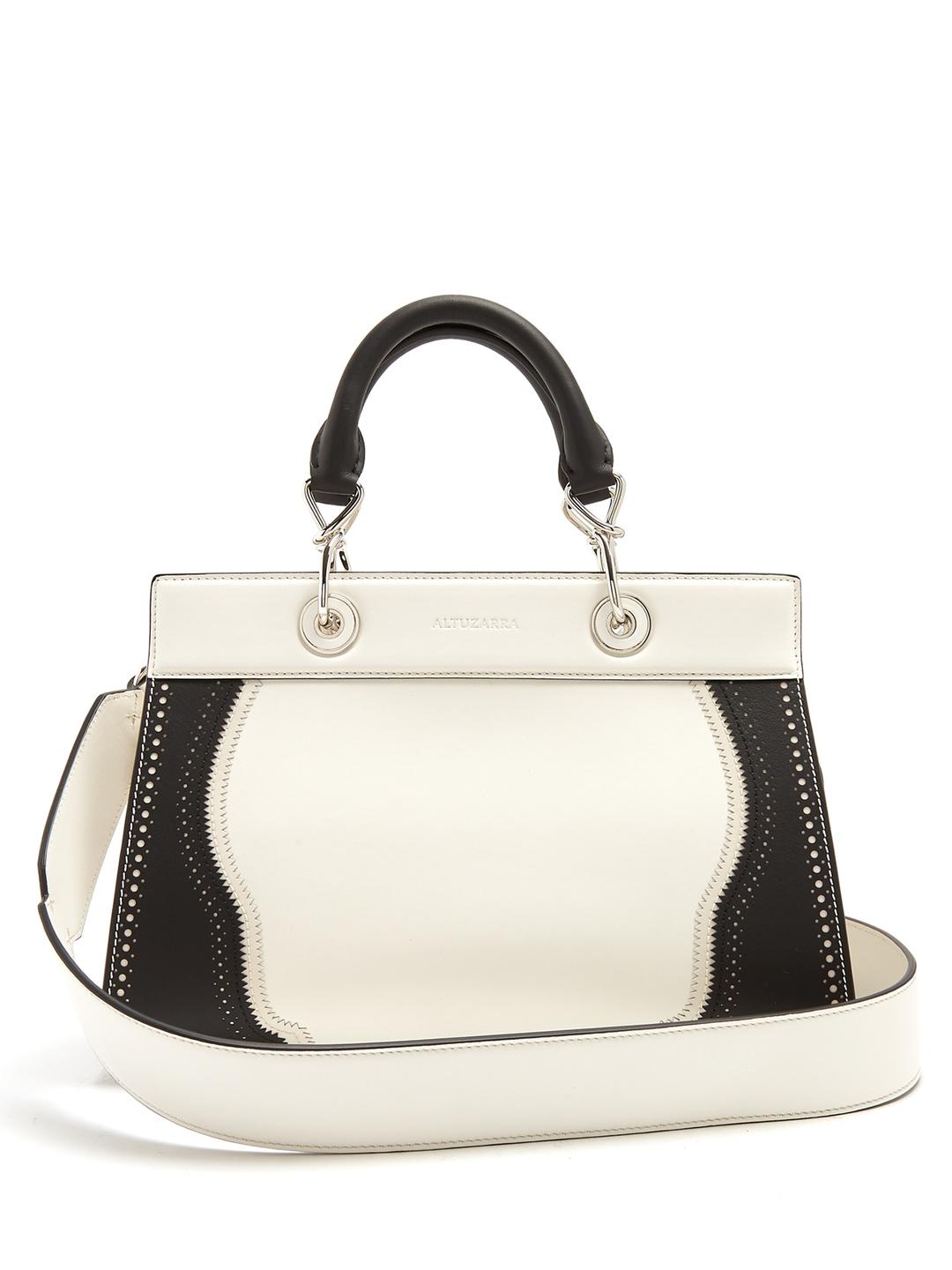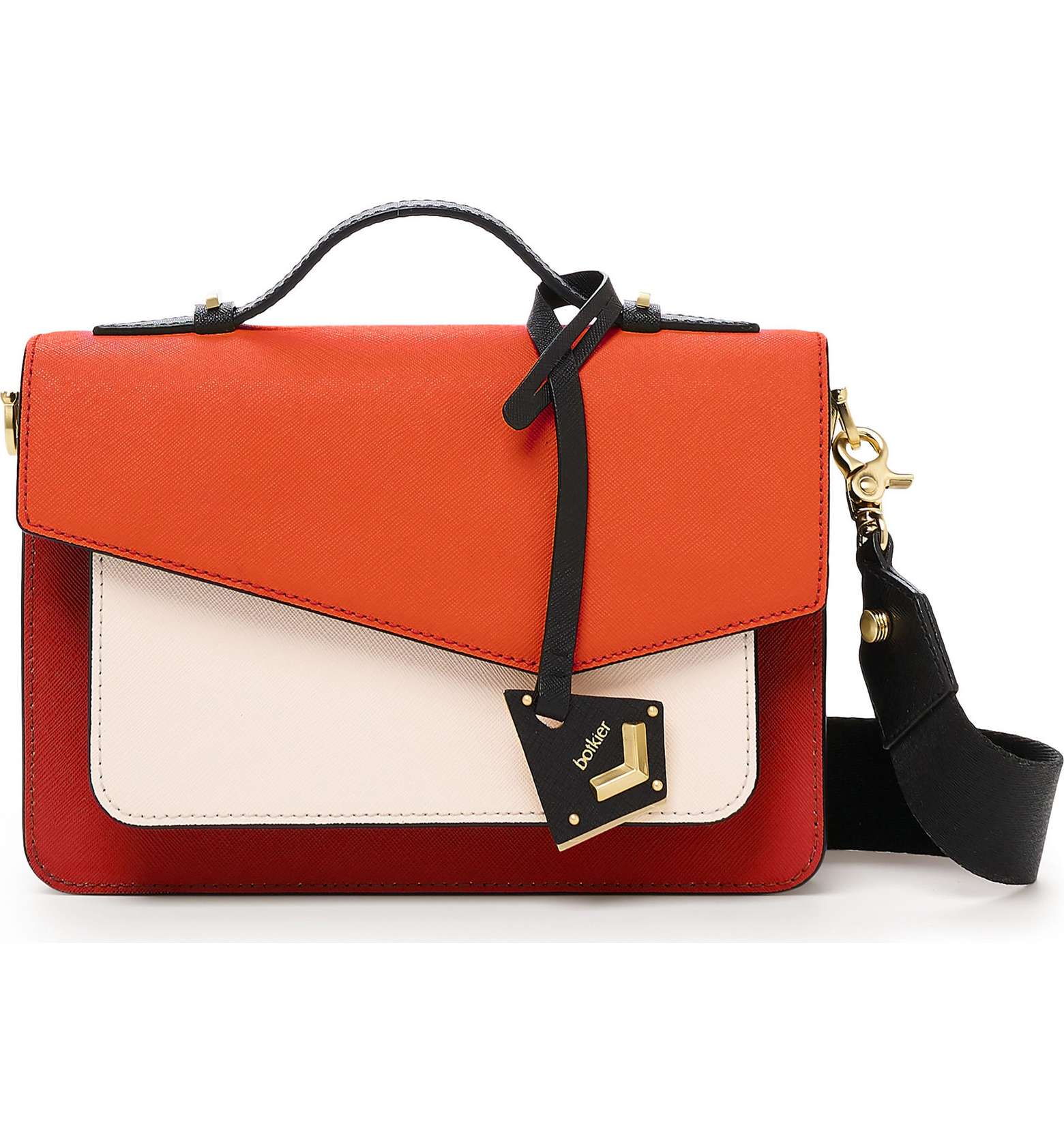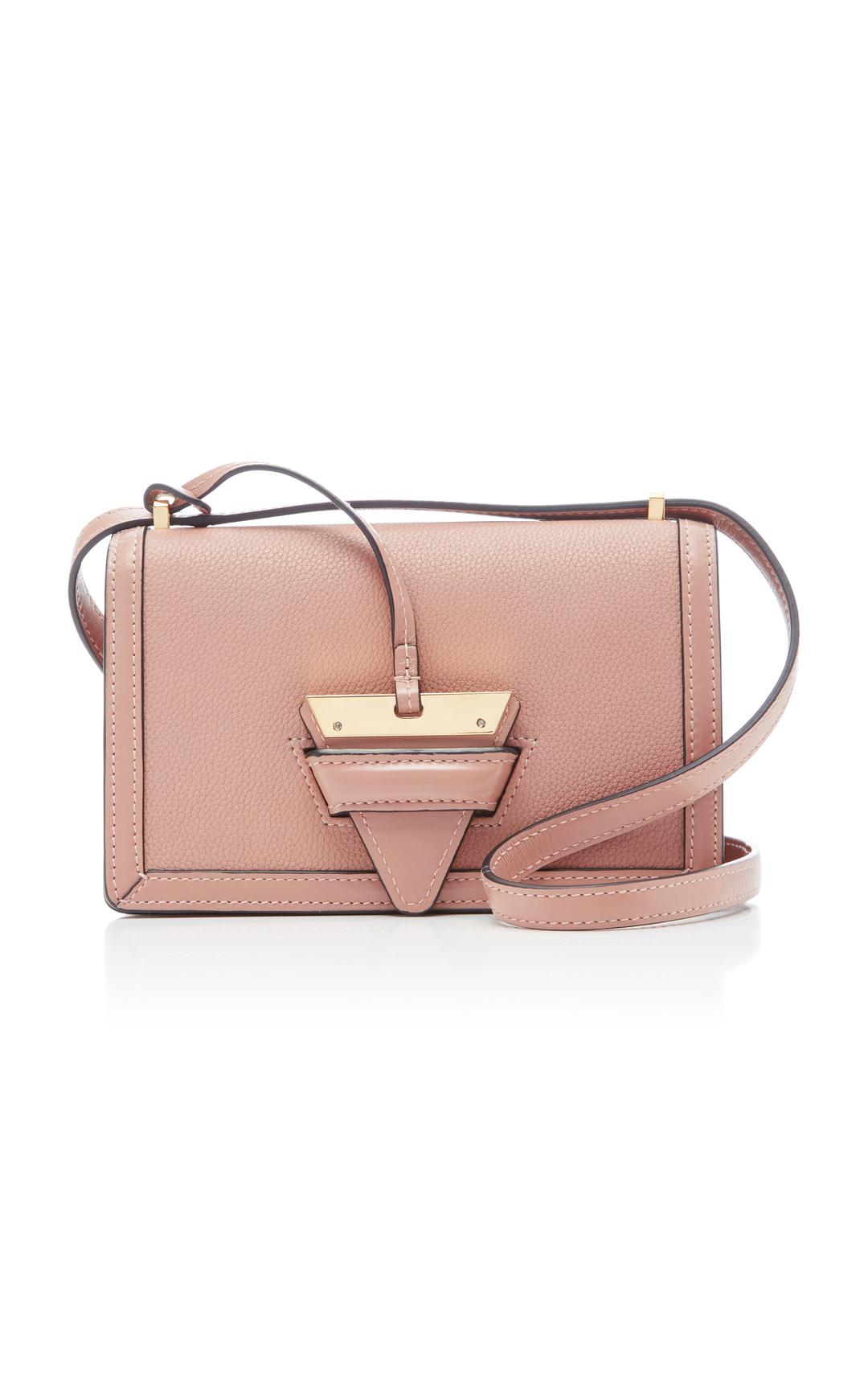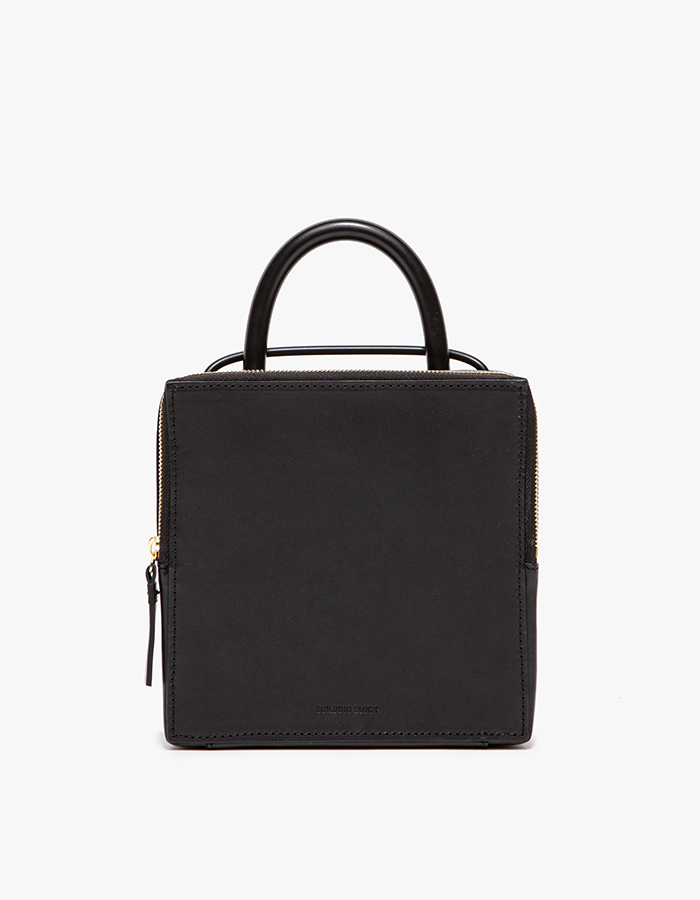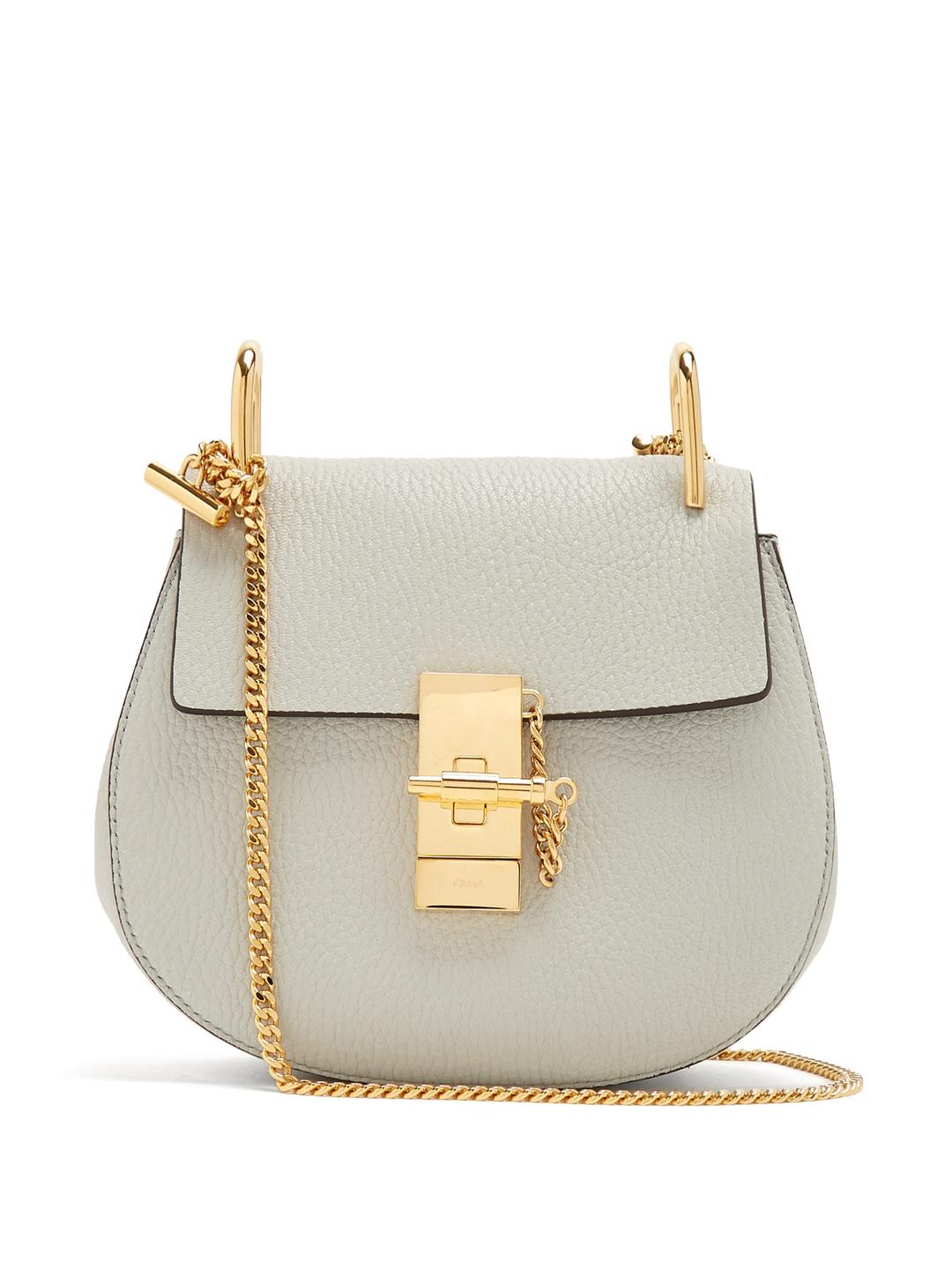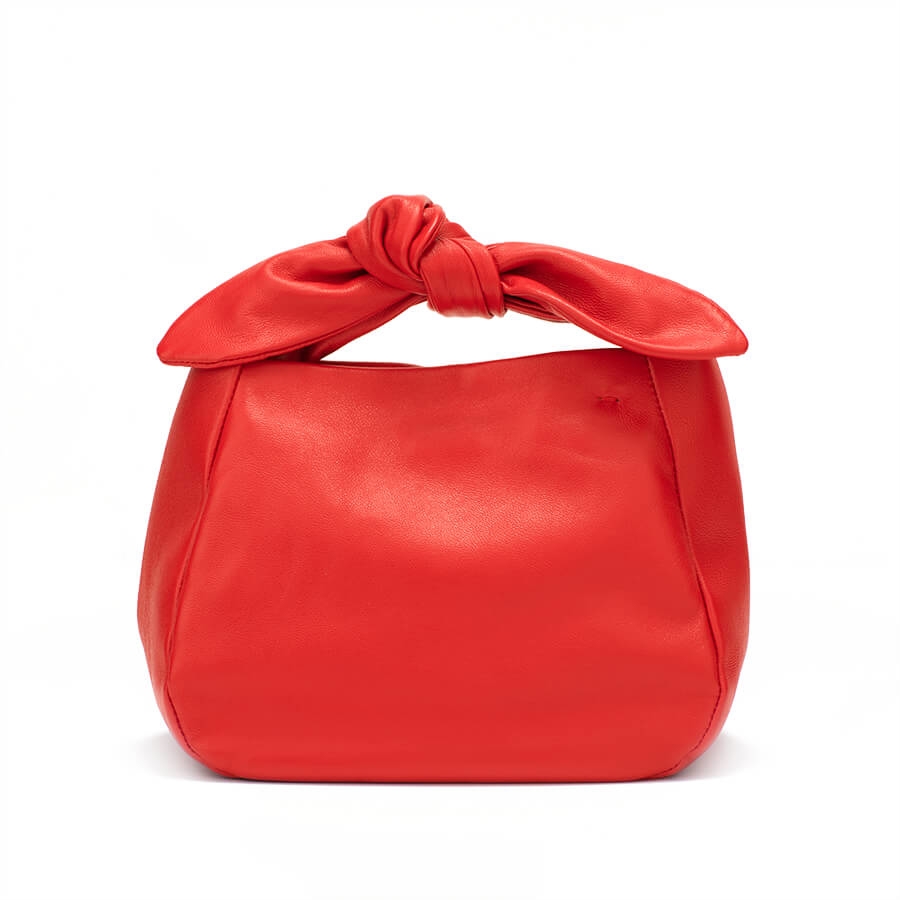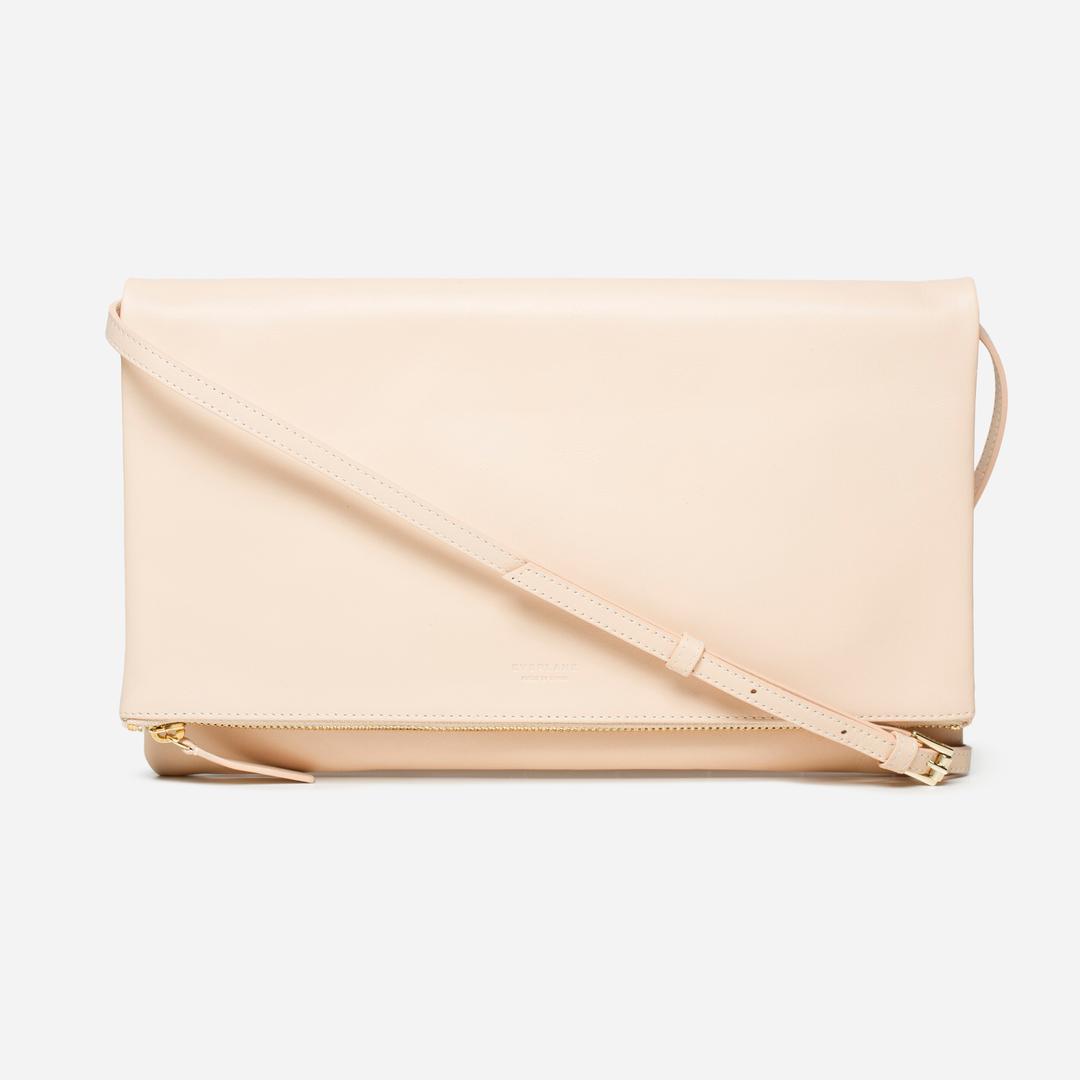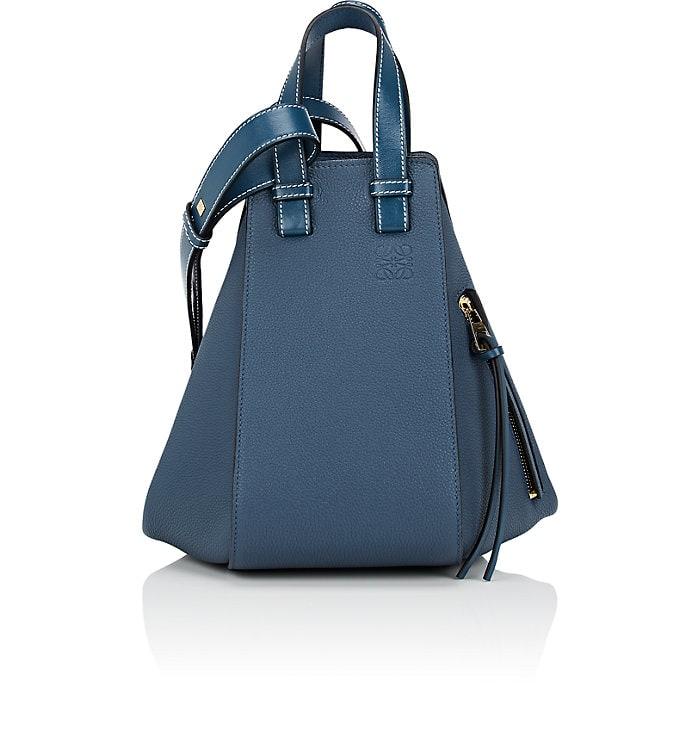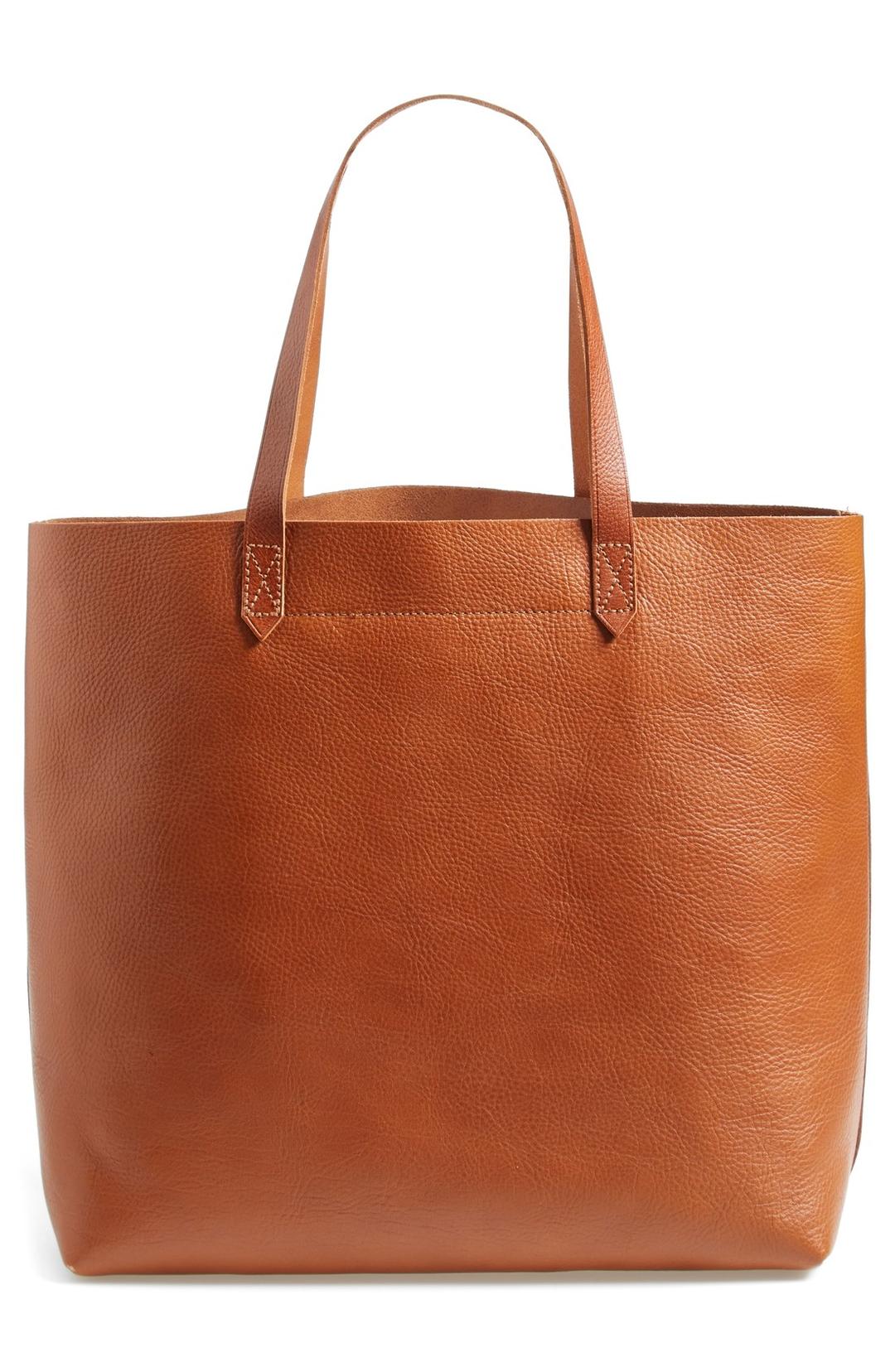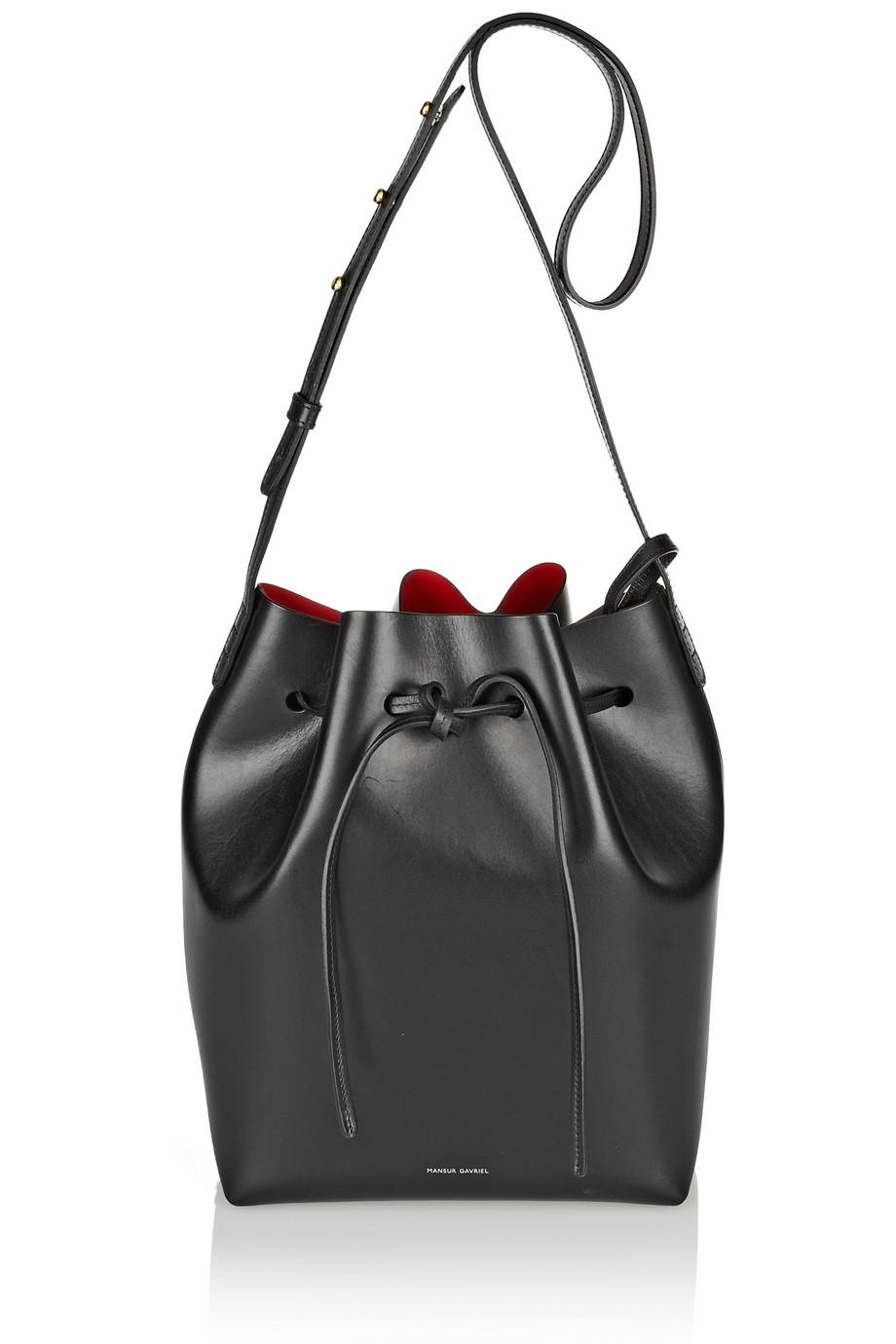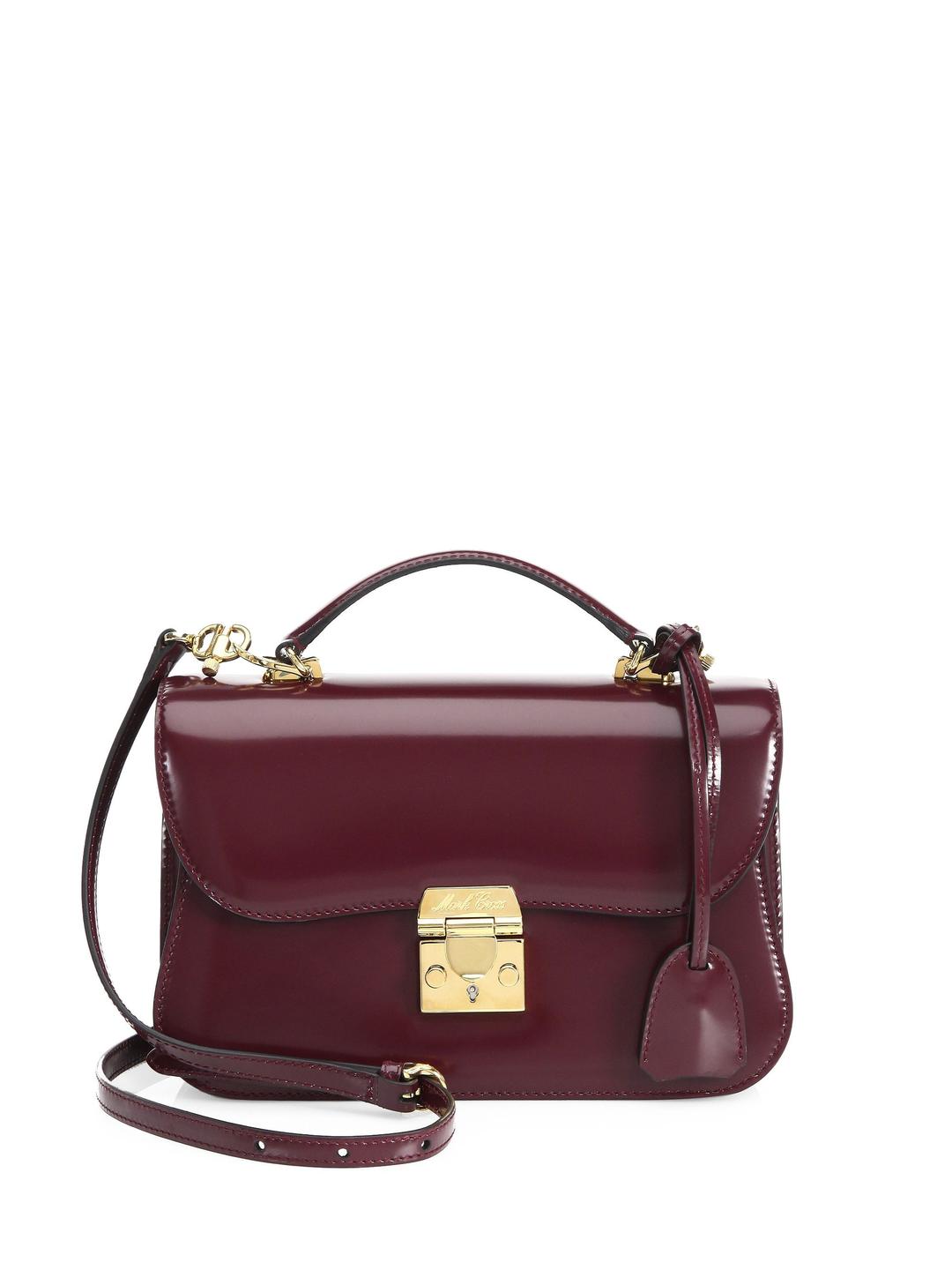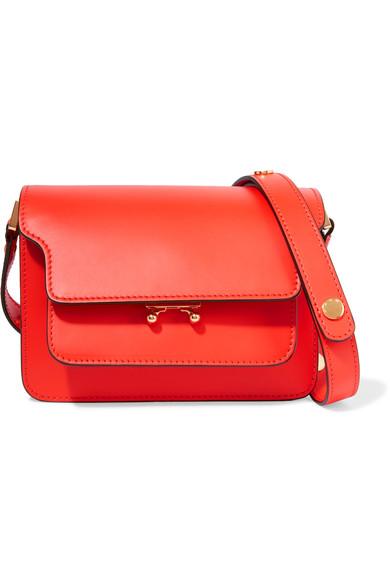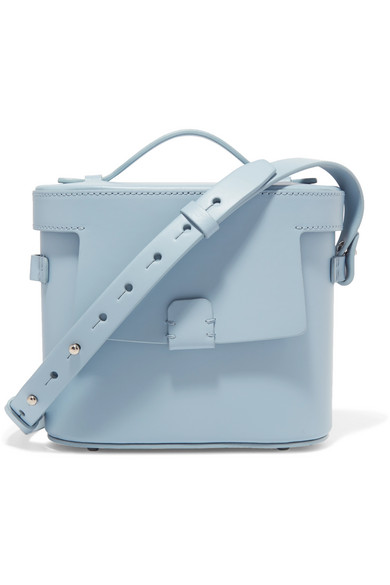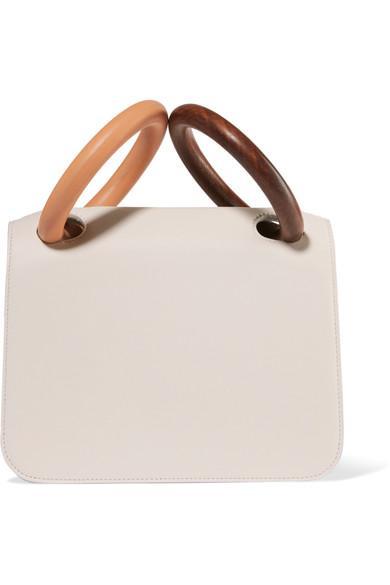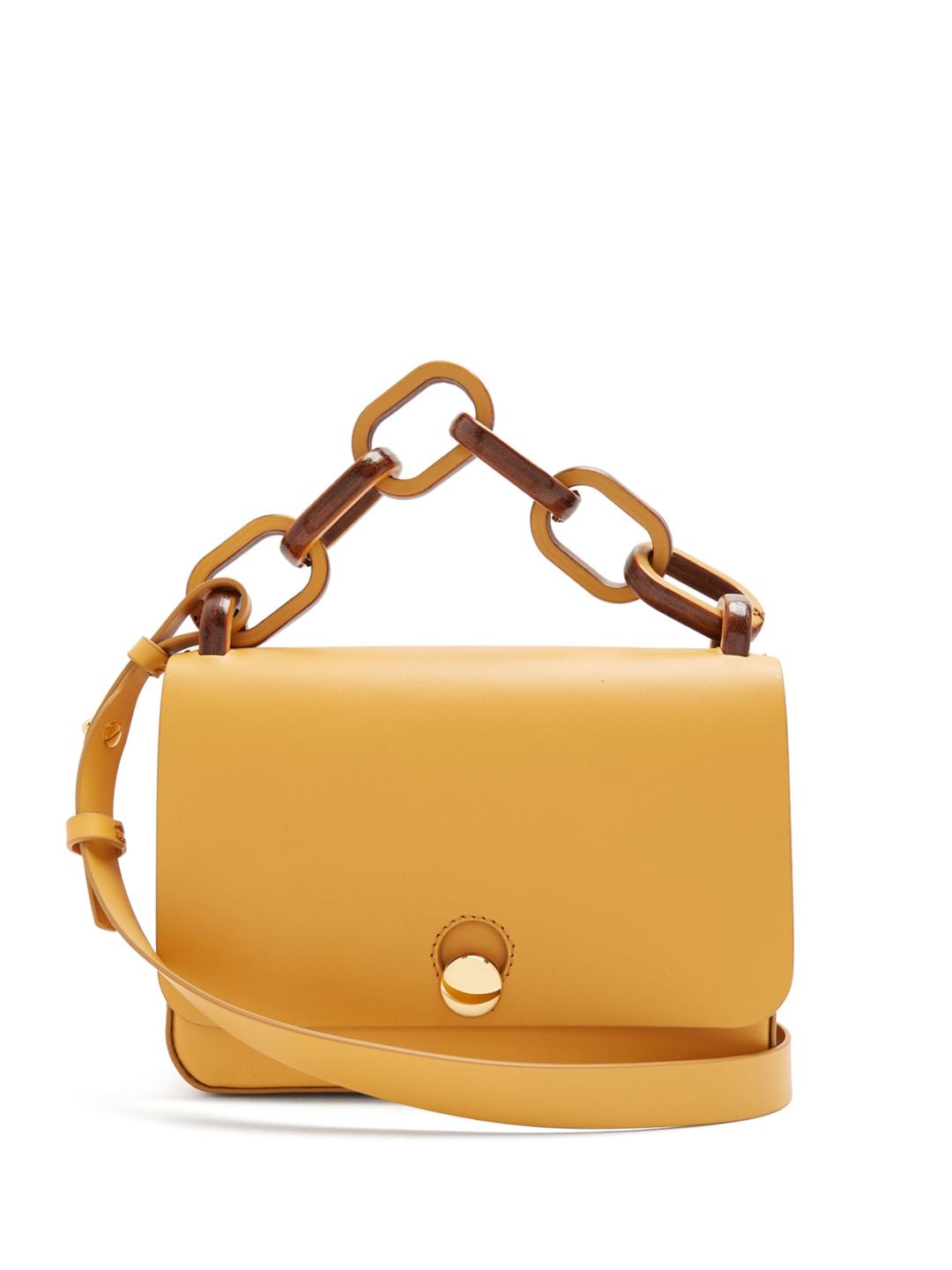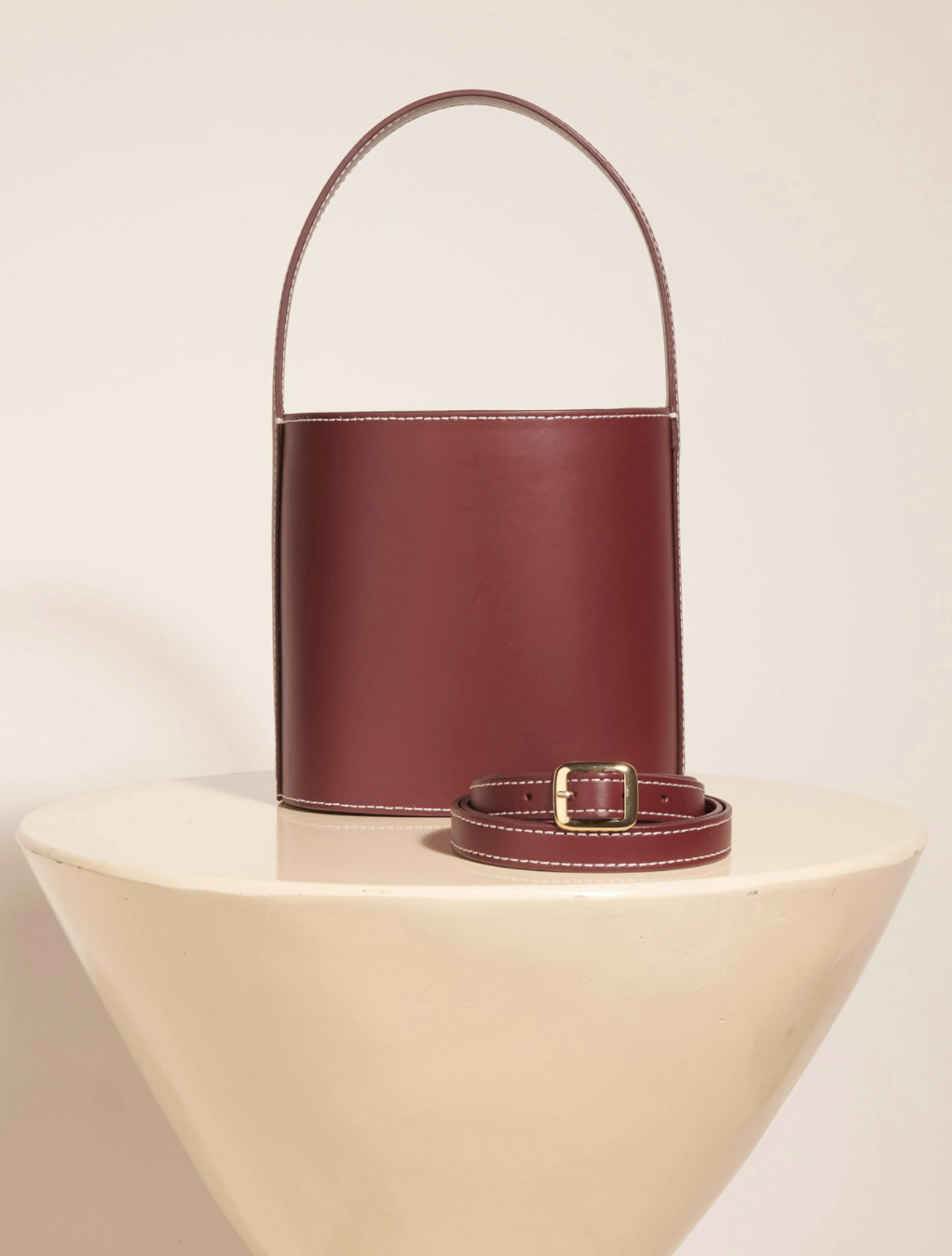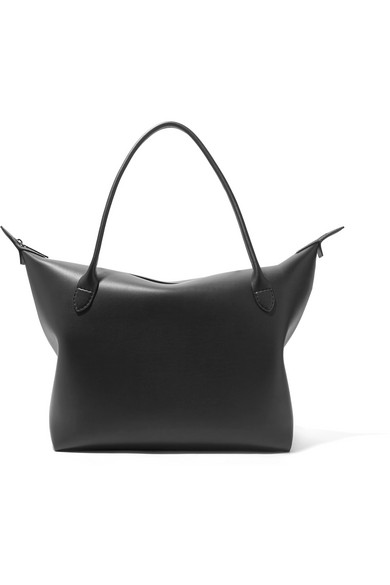And Now, Here's How Experts Clean Leather Purses

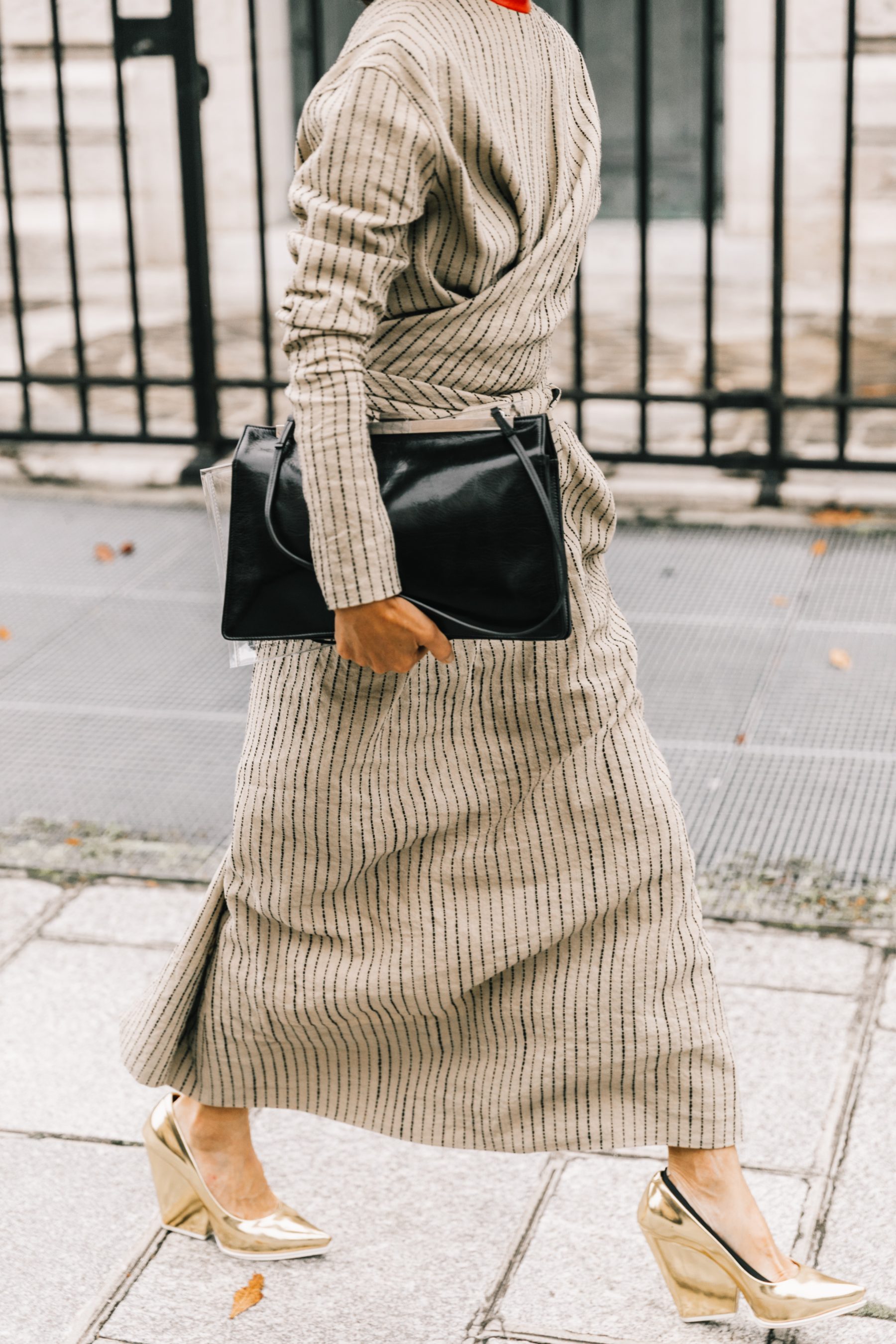
Anyone who has had the experience of owning a leather handbag knows that the amount of care and repair can be a hefty task. When it’s become your go-to accessory day in and day out, cleaning a beloved handbag becomes a necessity. And when you’ve invested a pretty penny into one, the idea of accidentally ruining such a coveted piece is incredibly daunting.
Because we know how tricky leather can be, we tapped Steve Roquemore of LA Leather Repair for advice on what to do when your favorite purse gets stained. With these dos and don’ts of leather care, you’ll have your bag looking good as new in no time.
Determine the type of leather.
According to Roquemore, there are three different types of leather. Full aniline, or unfinished leather, is open-pore and absorbs liquid, becoming darker when wet. Semi-aniline, or finished leather, is sealed with a top coat finish, and liquid beads up on the surface. Pigmented leather is actually completely sealed with a leather paint, which covers all natural marks and grain (typically used in automobiles).
Do a test patch on your bag.
“To test which type of leather you have, place a few drops of water on your leather in an inconspicuous area,” he says. If it absorbs, it’s unfinished leather; if it beads, it’s finished or pigmented. Any products you use to clean should be tested in an inconspicuous area (like the bottom of your bag) first.
Clean according to your type of stain or dirt.
Roquemore explains, “A dry soft brush or cloth should be used to remove any large dried particles from the leather first. If the source is oil-based, pre-treating the area with dry corn starch or a leather degreaser should be done first to absorb the oil. Remaining stains can be removed with a lightly damp soft cloth and leather cleaner specific to your type of leather.” He recommends cleaners from Leather Master.
Condition your leather.
“Conditioning is particularly recommended for full-aniline leathers as they are more vulnerable to drying and cracking. Once again, always test first in an inconspicuous location. Conditioning once every three to six months is a good idea,” Roquemore says.
Know what to avoid.
Roquemore explains that with your leather bags, it’s best to avoid sun exposure, which can lead to faded, dry, or cracked areas. Also do your best to avoid oils to prevent dulling and staining. “Handbags touched by oily, moist skin will eventually damage the leather. Finally, be mindful of storing potentially damaging things in your purse, such as lotions, liquids, and uncapped pens.”
Shop Leather Bags We Love

